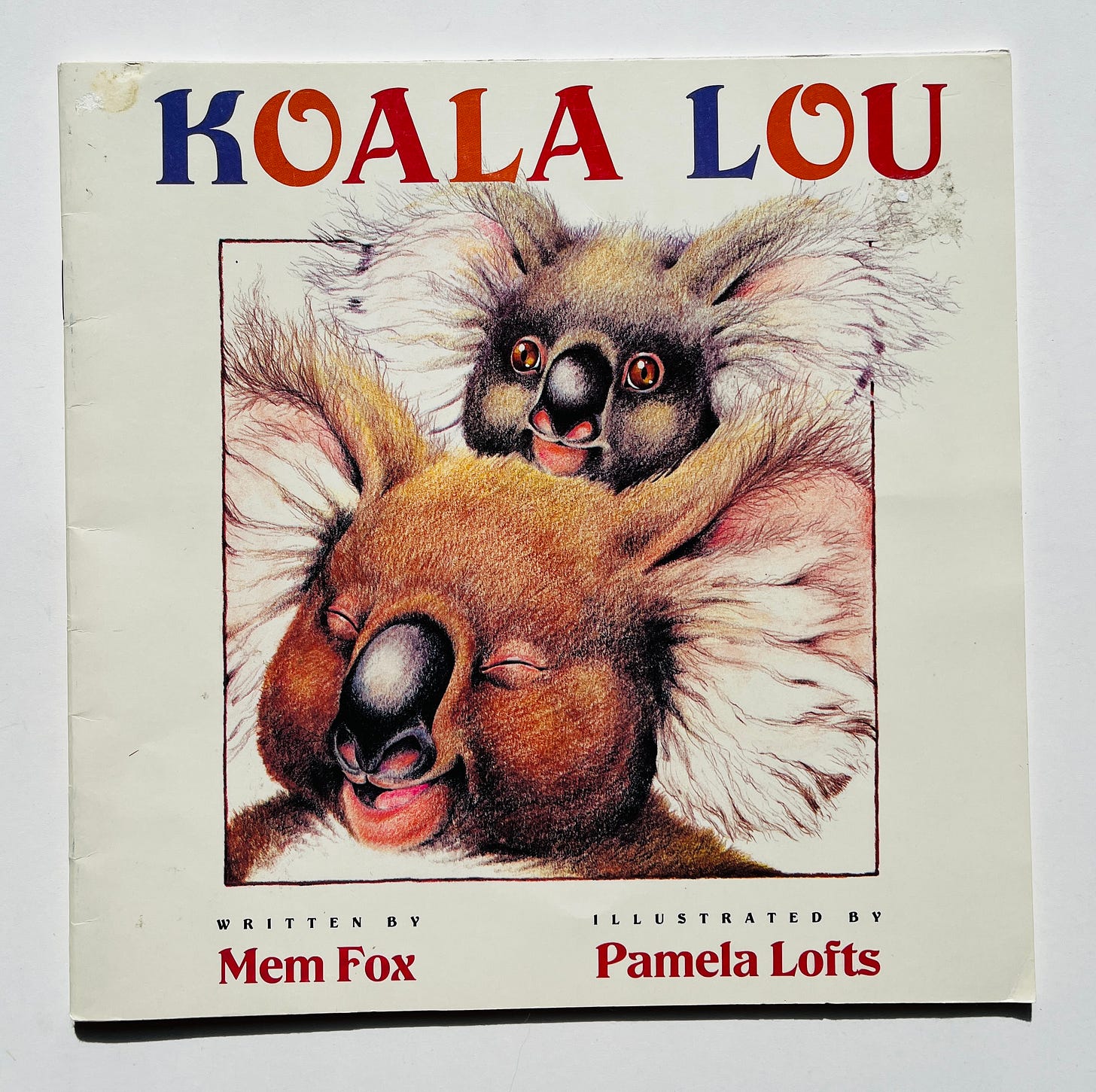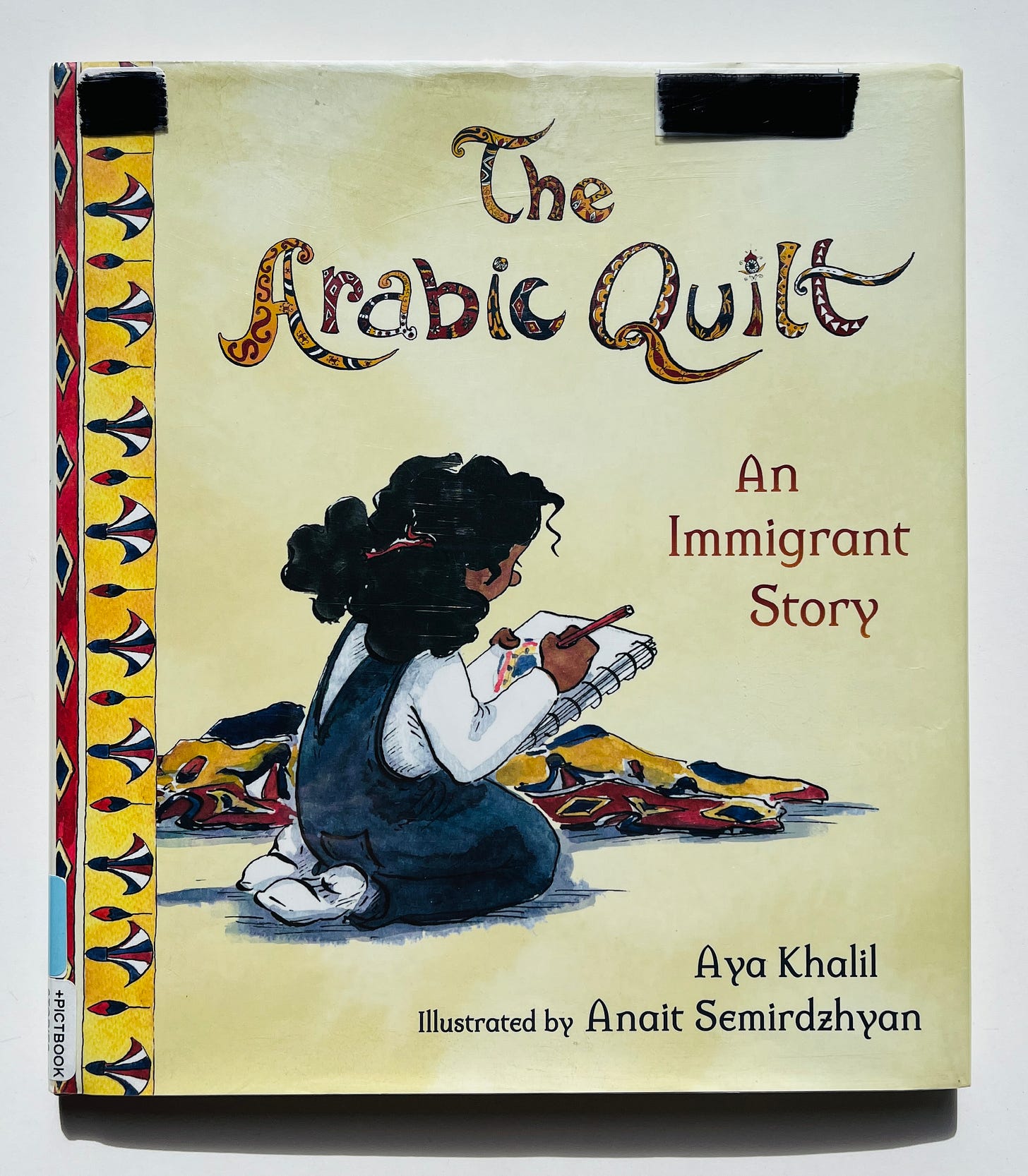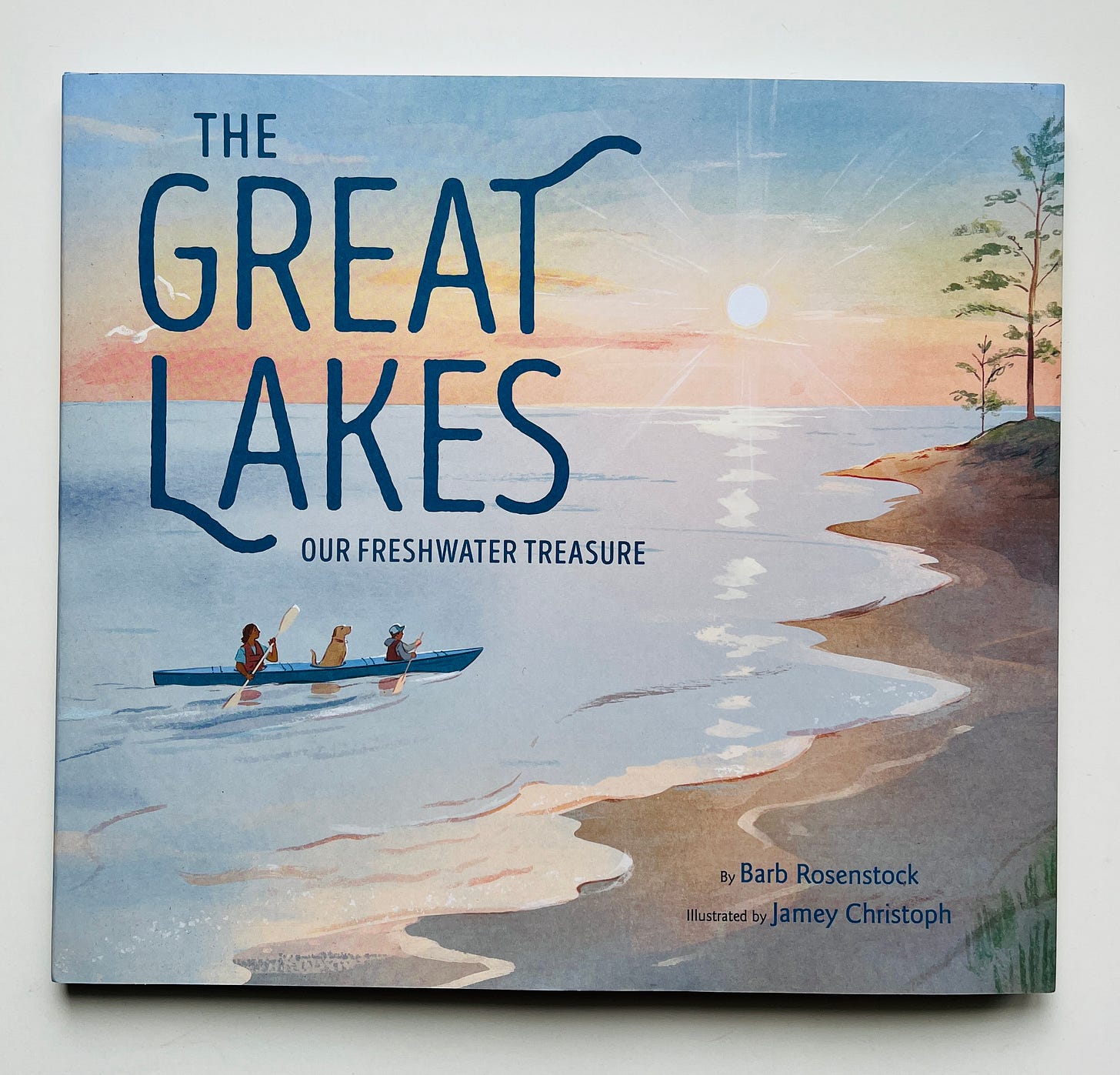Hi 👋
I just want to remind you: building a culture of reading in our homes (and classrooms!) isn’t easy work, but it’s worthy, so on the days when it feels hard or pointless or like you just can’t keep going: keep going.
You’re doing great.
Koala Lou by Mem Fox, illustrated by Pamela Lofts (1988)
If you don’t know Koala Lou, you’re missing out on this heartwarming tale of love, perseverance, and the importance of family bonds. This tender story follows Koala Lou, a young koala who craves her mother’s attention and affection (I mean, don’t we all?) When her mother becomes preoccupied with caring for her younger siblings, Koala Lou sets out to win back Mama’s love by entering the Bush Olympics.
Koala Lou’s efforts don’t go as planned, nor does her mother respond as she expects, and this is the deep beauty of this touching title — Lofts’ expressive colored pencil illustrations along with the messages that address our deepest needs: to be seen as we are, and loved no matter what. There’s not a human — or koala — on earth who doesn’t need that.
The Arabic Quilt: An Immigrant Story by Aya Khalil, illustrated by Anait Semirdzhyan (2020)
In this honest, tender story, Kanzi, a young Muslim girl who has recently moved from Egypt feels out of place in her new American school — especially when her mother shows up with her forgotten lunch wearing a hijab and calling her daughter “Habibti” (dear one). Kanzi’s teacher tries to comfort her — reassuring her that “being bilingual is beautiful” — but of course, it hurts. She goes home to the soft embrace of her grandmother’s quilt and writes a poem.
This turns out to be the balm Kanzi needs, as well as the door to something else — understanding, sharing, and acceptance. With her mother’s help, Kanzi turns her difficult situation into an opportunity to share Arabic words and traditions with her classmates, and together they create a special quilt for a school project.
Semirdzhyan’s vibrant and expressive digital illustrations pull no punches when it comes to expressing the pain Kanzi experiences as she struggles to navigate her dual identity, but Khalil manages to save this story from being either too sad or too didactic by focusing on the holistic ways that sharing our heritage and culture, no matter how different, can bring us together and help us find friends wherever we are.
The Great Lakes: Our Freshwater Treasure by Barb Rosenstock, illustrated by Jamey Christoph (2024)
I’m a diehard Wisconsinite, born and raised, and even though I prefer trees to water, no one will ever convince me the Great Lakes are anything less than a national treasure. (It’s hard to explain, and in the case of Superior, you really need to experience it to believe it, but trust me when I say there is ancient magic in these waters.)
Rosenstock’s nonfiction narrative in this title is straightforward and clear as she follows a drop of water through its long, dramatic journey through the Great Lakes system, showing — along with Christoph’s bright digital illustrations — how the lakes formed and why their freshwater is so important. (Everyone who has ever given me a hard time about being terrified of swimming in lakes need only take in the image of the bony-plated sturgeon, which can grow seven feet long, weigh 200 pounds, and live for damn near ever — IT’S AN ACTUAL MONSTER. I rest my case.)
There isn’t a riveting story here, except when you take it all in and realize: there totally is. The chronicle of the Great Lakes, from their beginning to now, is fascinating and will capture any elementary-aged nonfiction lover (and maybe their grownups, too).
Grandfather Twilight by Barbara Helen Berger (1984)

Upon picking up Grandfather Twilight for the first time, I remember thinking my children couldn’t possibly like this strange-ass story of an old man who lives among the trees, and when the day is done, “closes his book, combs his beard, and puts on his jacket” before opening a wooden chest filled with an endless strand of pearls, one of which he removes from the strand, and, holding it in his hand, goes for a walk.
But, as ever, they surprised me by understanding this story more deeply than I did (or do, I think) — it seems to make perfect sense to them that the pearl grows larger with every one of the old man’s steps, as the world quiets, the man himself becomes somewhat misty, and “he gives the pearl to the silence above the sea” before going home again, getting ready for bed, and going to sleep.
If there is a book that contains a more poetic idea than the one here (or Berger’s incredibly dreamy illustrations and inventive narratives in general), I haven’t found it yet, and maybe it doesn’t matter all that much that I can’t fully explain it: this is a soothing meditation understood best by minds less cluttered than mine, which makes it just about perfect.
Happy reading!
Sarah







Isn't Mem Fox wonderful! We really love Where is the Green Sheep? by her, and Possum Magic is lovely too.
All new to us - can't wait!